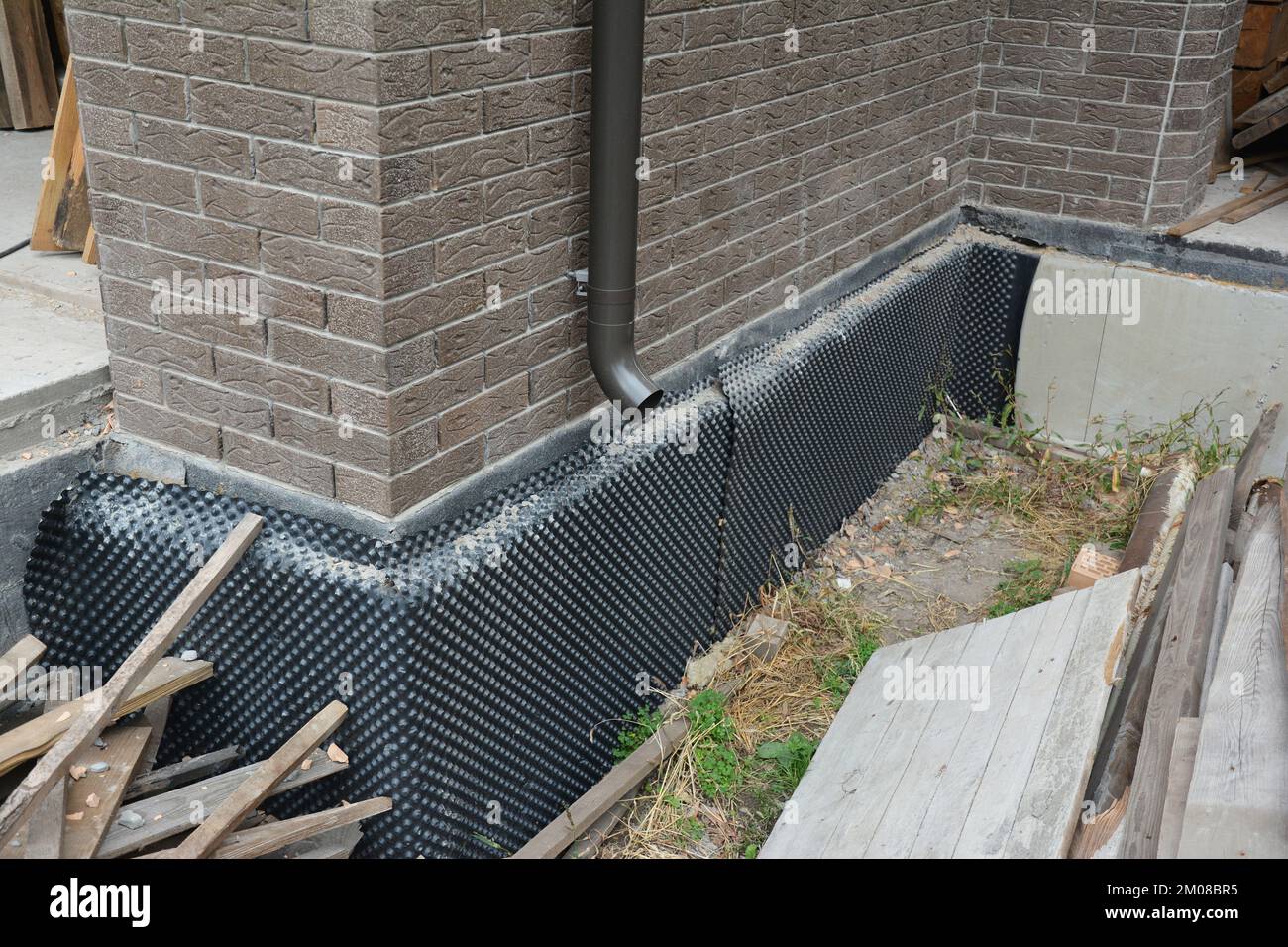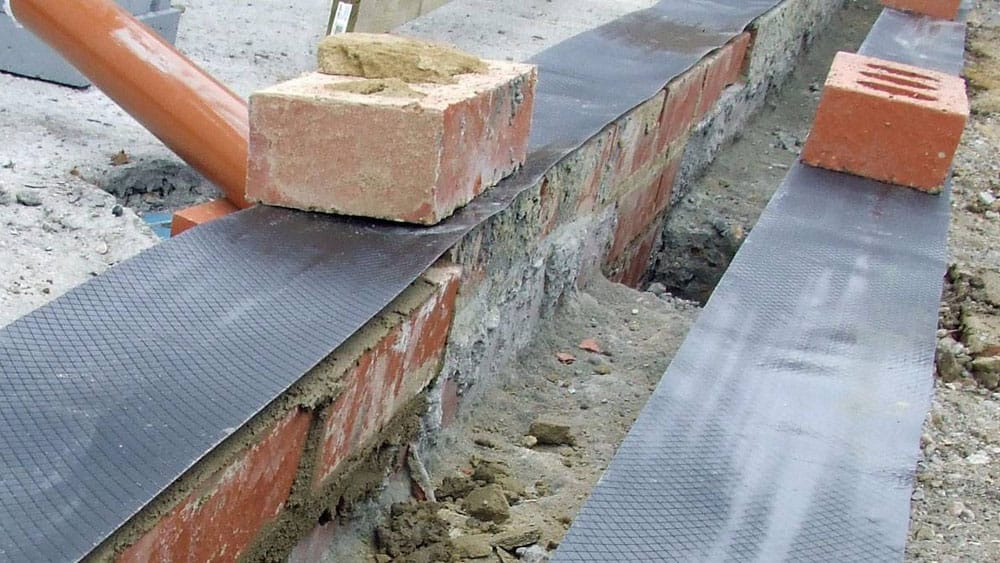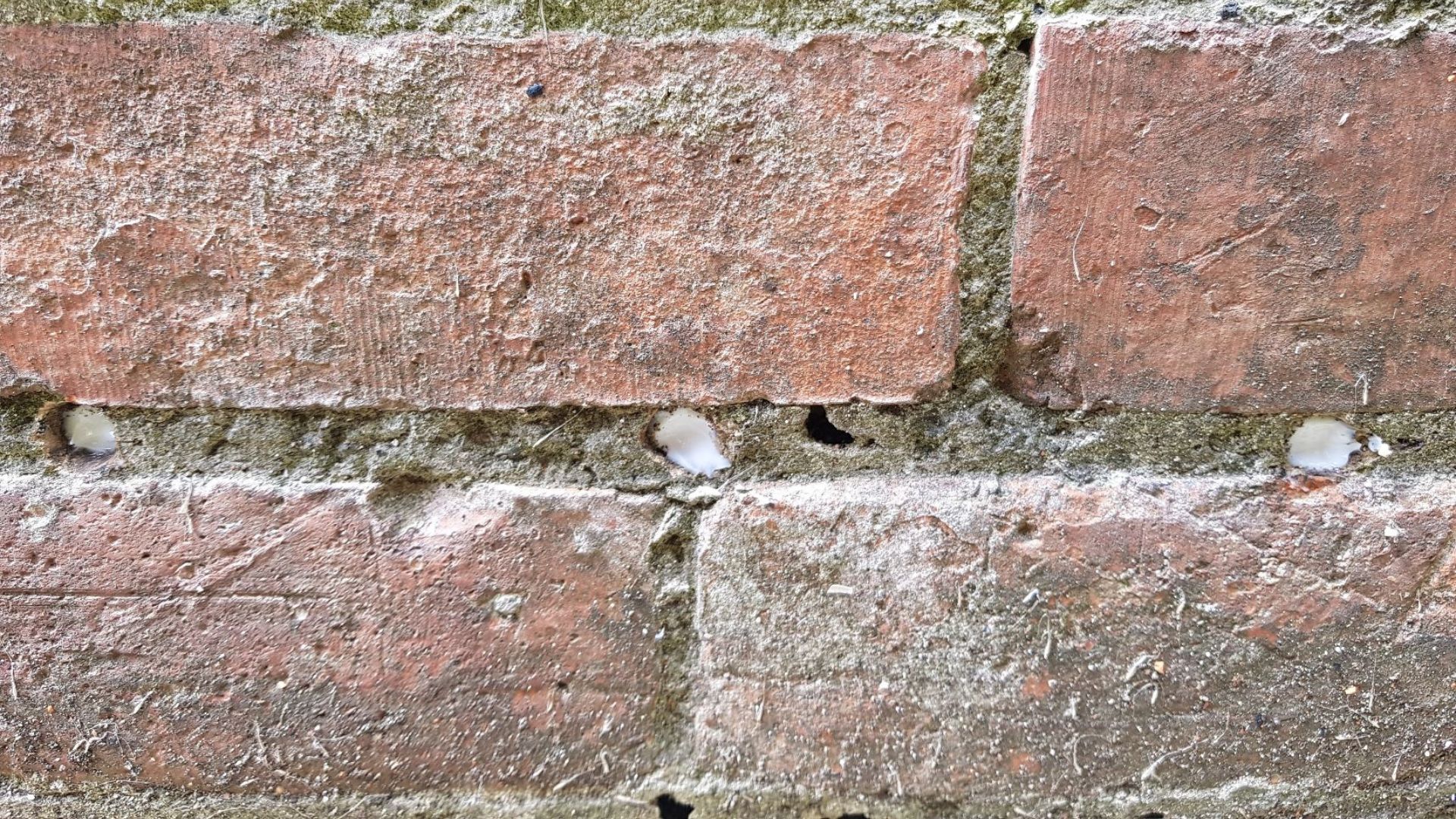Solving condensation problems permanently with mould treatment newcastle
Solving condensation problems permanently with mould treatment newcastle
Blog Article
Checking Out the Different Techniques and Solutions for Effective Damp Proofing
Moisture in structures presents significant difficulties to both architectural integrity and indoor air quality. Numerous strategies and solutions have actually arised to combat this prevalent problem. From standard damp-proof membranes to ingenious chemical treatments, each approach uses special advantages. Recognizing these alternatives is crucial for reliable moisture control. Picking the ideal remedy depends on certain building problems and demands, motivating more expedition right into the most effective wet proofing approaches available.
Comprehending the Reasons of Dampness
Although dampness can develop from different sources, understanding these causes is crucial for reliable removal. Commonly, wetness originates from three key sources: increasing damp, penetrating moist, and condensation. Rising moist takes place when groundwater takes a trip up-wards through permeable materials, such as block or stone, usually as a result of an absence of an effective barrier (mould treatment newcastle). Passing through moist is generally brought on by external variables, including roof covering leaks, defective seamless gutters, or damaged walls, permitting water to penetrate a property. Condensation, on the various other hand, results from excess wetness airborne, usually worsened by inadequate ventilation and temperature differences, resulting in water beads forming on surfaces. Identifying these underlying problems is crucial, as each kind of wetness requires a tailored strategy for remediation. Appropriate evaluation aids in establishing one of the most reliable services, inevitably guarding the architectural honesty of a structure and boosting interior air top quality
Traditional Damp-Proof Membrane Layers

Chemical Damp-Proofing Solutions
Chemical damp-proofing remedies provide a cutting-edge technique to avoid wetness intrusion in structures. These techniques usually entail the application of liquid chemicals that pass through masonry and develop an obstacle against increasing wet. Generally used chemicals include silanes, siloxanes, and various other water-repellent agents that respond with surface products to develop a hydrophobic layer.The application process generally calls for exploration holes into the walls, infusing the chemical option, and enabling it to cure. This approach is specifically helpful for older structures where standard damp-proof membranes might be impractical. Chemical damp-proofing can be less turbulent and extra affordable than comprehensive remodelling projects.While reliable, these options depend on correct application and environmental problems for peak performance. mould removal newcastle. Normal maintenance and monitoring are important to assure the longevity of the damp-proofing therapy. In general, chemical damp-proofing represents a functional choice for protecting structures against moisture-related damage
Tooth Cavity Wall Surface Construction Techniques
Dental caries wall construction strategies provide various advantages, particularly in moisture control and power effectiveness. By integrating an air void between 2 layers of masonry, these walls properly minimize water access while improving insulation. This mix not only protects structures from moisture but additionally adds to decreased energy usage.
Benefits of Tooth Cavity Wall Surfaces
When thinking about efficient damp proofing techniques, the advantages of dental caries wall surfaces stick out prominently. Tooth cavity wall surfaces contain two separate layers, developing an air gap that successfully reduces moisture penetration. This layout lessens the threat of wetness, as the external wall surface acts as a barrier versus rainfall and water access. In addition, tooth cavity wall surfaces enhance thermal insulation, which contributes to energy efficiency by lowering warm loss. They additionally offer sound insulation, assisting to develop a quieter indoor setting. The air gap allows for ventilation, which helps in dampness control and minimizes the possibility of mold growth. These benefits not just boost the general convenience of a building but also add to its durability and structural honesty.
Wetness Control Approaches
Efficient moisture control methods are essential in cavity wall surface building and construction to ensure lasting defense versus moisture. One key method involves the unification of weep holes, which help with water drainage from the cavity, protecting against accumulation. Additionally, making use of breathable membrane layers can help manage moisture levels while permitting entraped vapor to run away. Proper placement of insulation is additionally essential, as it needs to not block drainage paths. Furthermore, guaranteeing that the external leaves of the dental caries wall surface are constructed with waterproof products enhances general resilience. Normal upkeep checks are necessary to identify any kind of blockages or damages early, protecting the structure's stability. Inevitably, a mix of these techniques forms a durable protection against dampness breach in dental caries walls.
Insulation and Energy Performance
Insulation plays an essential function in improving power performance within dental caries wall building. By incorporating insulating products, these walls produce a thermal obstacle that reduces warmth loss and minimizes energy intake. Efficient insulation not only aids maintain a stable indoor temperature but likewise minimizes the risk of wetness, as it protects against condensation within the wall surface dental caries. Various strategies, such as the usage of rigid foam boards or mineral wool, can be employed to achieve ideal insulation performance. Furthermore, proper installation is vital to assure that spaces and voids are minimized, which can otherwise jeopardize power efficiency. Ultimately, a well-insulated tooth cavity wall adds considerably to total sustainability and lowers heating & cooling prices for property owners.
Outside Damp Proofing Methods
Outside damp proofing methods are necessary for shielding frameworks from wetness seepage. 2 reliable techniques consist of the application of water resistant membranes and the installation of French drains pipes. These solutions help reduce water build-up and protect the stability of buildings.
Waterproof Membrane Layer Application
While various approaches exist for avoiding dampness access, the application of water resistant membranes remains a very efficient exterior moist proofing strategy. These membrane layers are typically made from materials such as polyethylene, rubber, or modified bitumen, supplying a durable barrier against water infiltration. The installation procedure entails applying the membrane layer to the outside surfaces of foundations or wall surfaces, guaranteeing total insurance coverage to stop leaks. Appropriate bond and securing at joints are crucial to taking full advantage of effectiveness. Waterproof membrane layers can be used in numerous forms, consisting of fluid finishes and sheet membrane layers, allowing for versatility based on the certain needs of the structure. This method not only safeguards buildings from moisture yet additionally boosts their longevity and architectural integrity.
French Drainpipe Installment
One reliable approach for managing groundwater and avoiding dampness accumulation around a structure's structure is the setup of a French drain. This drainage system includes a trench filled up with gravel and a perforated pipeline that reroutes surface area water far from the structure. Appropriate installment needs careful planning, making certain that the drainpipe inclines away from the structure to facilitate optimal water flow. Additionally, the location of the drainpipe is crucial; it needs to be placed in locations prone to merging or excess dampness. Routine upkeep, including cleaning debris from the gravel and guaranteeing the pipe continues to be unhampered, is crucial for lasting performance. Eventually, a well-installed French drain can greatly decrease the danger of water-related problems in foundations and basements.
Interior Waterproofing Approaches
Inside waterproofing strategies are important for safeguarding a structure's interior from dampness seepage and possible water damages. These approaches usually entail the application of customized materials and techniques made to develop a wetness barrier within the framework. One usual technique is making use of water resistant layers or sealants on walls and floors, which protect against wetness from passing through surfaces.Additionally, installing indoor drain systems, such as sump pumps, can effectively take care of water buildup in cellars and creep areas. One more approach includes making use of vapor obstacles, which are installed to inhibit wetness activity from the ground right into living spaces.Moreover, attending to any type of cracks or voids in wall surfaces or structures with ideal sealants assures an extensive protection against water invasion. By executing these interior waterproofing strategies, homeowner can greatly lower the danger of mold and mildew growth, structural damage, and other moisture-related concerns. Correct execution of these methods is crucial for lasting security and structure stability.
Normal Upkeep and Assessment Practices
Normal maintenance and assessment methods are vital for guaranteeing the long-term efficiency of damp proofing solutions in any building. Routine checks make it possible for residential property proprietors to identify very early indications of wetness breach, such as peeling paint, mold and mildew development, and moldy smells. These indicators can indicate underlying concerns that need instant attention.Inspections ought to be conducted at least annually, focusing on prone locations like basements, creep areas, and outside wall surfaces. Throughout these assessments, homeowner must take a look at sealers, drain systems, and air flow to validate they work correctly.Additionally, preserving seamless gutters and downspouts is vital, as stopped up systems can cause water buildup near the foundation. Applying a normal maintenance routine, together with timely repairs, can considerably extend the lifespan of moist proofing actions and shield the structural honesty of the building. Aggressive procedures eventually add to the general health and safety of the living atmosphere.
Often Asked Inquiries
How Much Time Does Damp Proofing Commonly Last?
The duration of wet proofing efficiency varies, typically lasting between 20 to 50 years. Aspects such as application quality, environmental problems, and upkeep practices significantly influence the durability of the moist proofing treatment.

Can I Damp Evidence My Home Myself?
The private contemplated the feasibility of do it yourself damp proofing. With correct research study and the right products, it is possible. However, they also identified the relevance of professional assistance to guarantee lasting effectiveness and prevent future concerns.
What Are the Indicators of Inefficient Damp Proofing?
Signs of inadequate damp proofing consist of relentless moldy odors, visible mold growth, peeling off paint, moist patches on wall surfaces, and timber decay - mould treatment newcastle. Property owners need to deal with these concerns without delay to avoid further damages and wellness problems
Does Damp Proofing Affect Indoor Air Quality?

How Much Does Expert Damp Proofing Expense?
Specialist wet proofing expenses differ considerably, usually varying from $1,000 to $5,000 depending upon the building's size, the extent of the moist issue, and chosen techniques. Each situation calls for a customized evaluation for precise pricing. Frequently, wetness stems from 3 primary sources: climbing wet, permeating moist, and condensation. When considering effective wet proofing techniques, the benefits of cavity wall surfaces stand out plainly. Exterior moist proofing methods are necessary for shielding frameworks from moisture seepage. While numerous techniques exist for avoiding dampness ingress, website the application of water-proof membranes remains a highly efficient outside moist proofing technique. Indications of inefficient damp proofing consist of consistent stuffy smells, noticeable mold and mildew development, peeling off paint, damp spots on walls, and timber decay.
Report this page